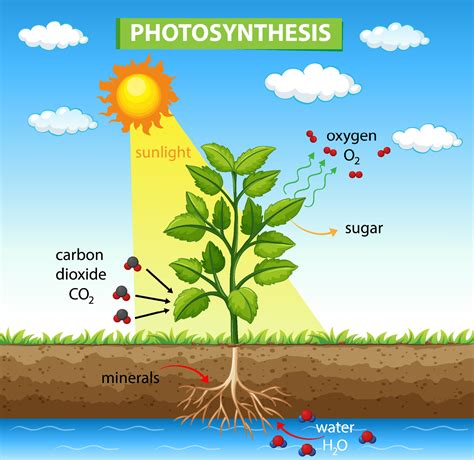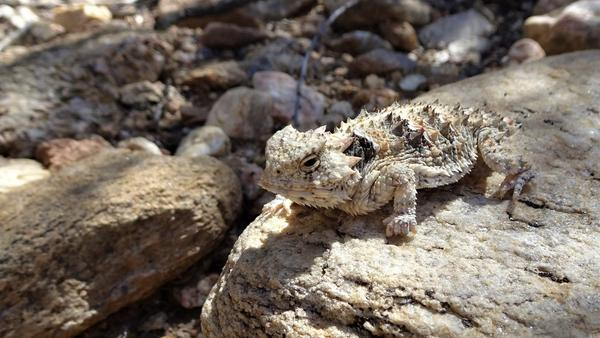
Understanding Photosynthesis: Key Process and Its Role in Nature
You know how plants grow, right? They use something called photosynthesis. This is where plants take sunlight and turn it into food. But it’s not just food—they also make oxygen. That’s what we breathe. The process has two main parts. First, the light reactions. Then, the Calvin cycle. This might sound tricky, but don’t worry! We’ll make it simple. We’ll look at what happens in each part and why it’s so important. By the end, you’ll know why photosynthesis is







